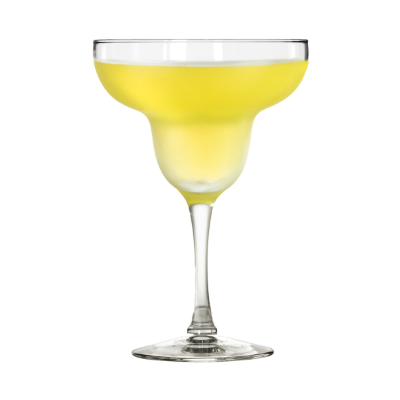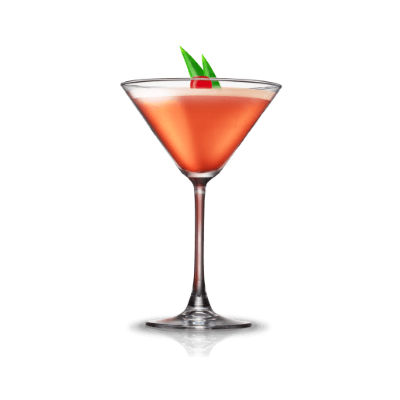Pineapple juice
There is no record of when pineapples arrived in Hawaii, with some accounts of pineapples being washed ashore from a Spanish or Portuguese shipwreck or brought ashore by sailors. The fruit may have arrived with the Spanish years before the arrival of Captain James Cook in 1778.
Pineapples have multiple benefits. Including an immune booster and inflammation fighter, helping to detoxify the body and mind, incredibly great for vision, regulating blood pressure, cancer-protective, strengthening gums, promoting healthy digestion, treating ulcerative colitis, good for arthritic patients, reducing menstrual cramps.
Pineapple juice is also great with
Barracuda
The history of this cocktail tracks from a recipe created in the late 1950s by Italian bartender Benito Cuppari while working on the Cristoforo Colombo cruise liner. Initially served in half a pineapple shell this was elevated to a souvenir ceramic pineapple and quickly evolved the ship's signature cocktail. The Barracuda cocktail is an old classic in the history of mixology, one of those simple, aromatic, and velvety sparkling drinks. The warm flavor of rum combines beautifully with pineapple and lime and, the touch of prosecco is there to close the loop. The Barracuda is an alcoholic cocktail based on gold rum, Galliano liqueur, pineapple juice, fresh lime juice and topped with Prosecco. The ingredients for making the Barracuda cocktail are readily available. Although the Barracuda cocktail has a medium-high alcohol content, it is an excellent aperitif, thanks to its aromas and smooth rhythm. In this symphony, you will find a thousand tips, but be careful because, in the end, it is an aperitif cocktail. It is tricky since alcohol is not so perceptible on the palate: a sort of boosted fake Mimosa. No more than two before dinner.
Mary Pickford
A Mary Pickford is a Prohibition Era cocktail made with white rum, fresh pineapple juice, grenadine, and Maraschino liqueur. It is served shaken and chilled, often with a Maraschino cherry. Named for Canadian-American film actress Mary Pickford (1892–1979), it is said to have been created for her in the 1920s by either Eddie Woelke or Fred Kaufmann at the Hotel Nacional de Cuba.
Pina Colada
The piña colada is a cocktail made with rum, cream of coconut or coconut milk, and pineapple juice, usually served either blended or shaken with ice. It may be garnished with either a pineapple wedge, maraschino cherry, or both. There are two versions of the drink, both originating in Puerto Rico. The Piña Colada debuted in 1952, when it was first mixed by Ramon Marrero Perez, the head barman at the Caribe Hilton in Old San Juan.
French martini
The French martini was invented in the 1980s at one of Keith McNally's New York City bars. It next appeared on the drinks menu at McNally's Balthazar in SoHo in 1996. There are many variations to the French Martini. Some replace the vodka with gin, which offers a botanical twist to the cocktail.
Zombie
The Zombie is a Tiki cocktail made of fruit juices, liqueurs, and various rums. In a cocktail shaker, pour the light and dark rums, pineapple and citrus juices, passion fruit syrup, simple syrup, and bitters. Add the high-proof rum now, or reserve it for a float. Fill the shaker with ice. The Zombie is a classic Tiki drink by legendary bartender and restaurateur Donn Beach, of Don the Beachcomber.
Queens
The Queens Cocktail is a gin-based cocktail similar to the Perfect Martini( with the addition of pineapple juice and occasionally lemon juice). Is also similar to the popular Bronx, which contains orange juice rather than pineapple. The first apparition traces back to 1930, in Harry Craddock's Savoy Cocktail Book, and is named after New York city's five boroughs.





